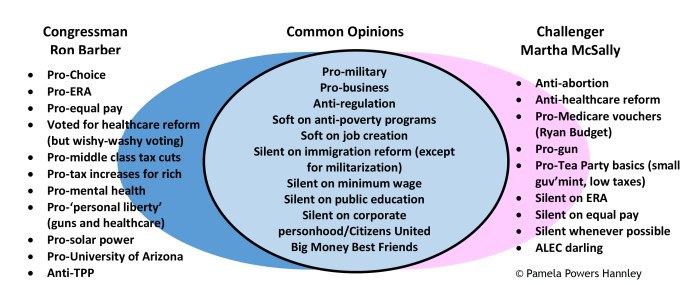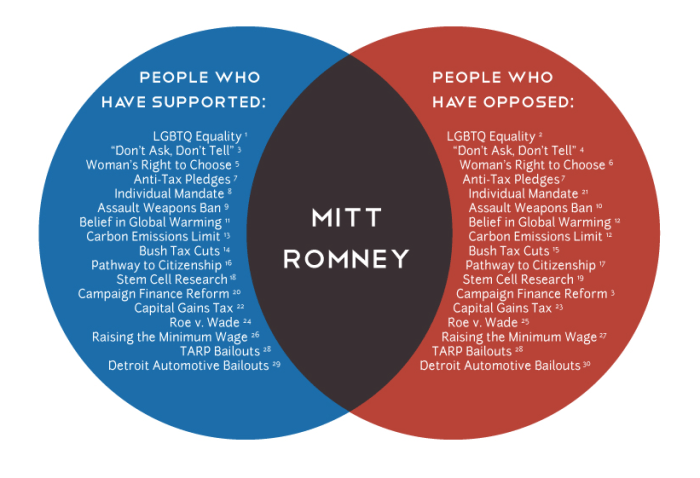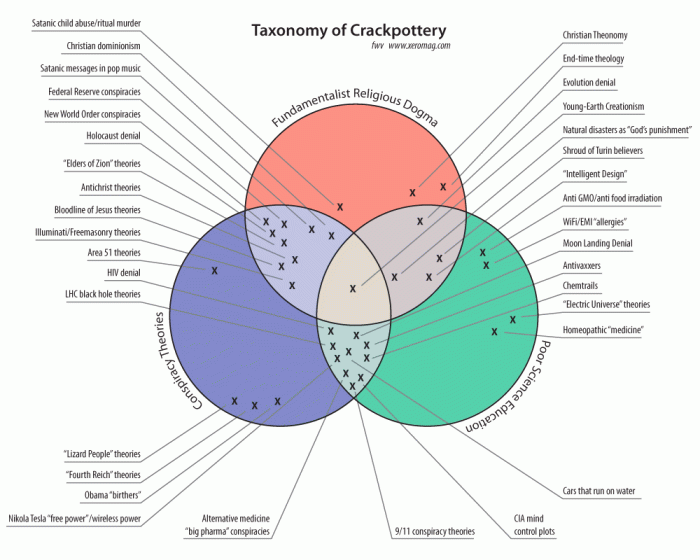The Venn diagram of Senate and House is a powerful tool for analyzing the relationship between the two chambers of Congress. By representing the unique and shared characteristics of the Senate and the House in a visual format, a Venn diagram provides a clear and concise understanding of their similarities and differences.
This tool has numerous applications, from comparing their powers and responsibilities to identifying areas of cooperation and conflict.
The key features of a Venn diagram include the overlapping and non-overlapping areas, which represent the unique and shared characteristics of the Senate and the House. The size and placement of the circles in the diagram convey important information about the relationship between the two chambers.
For example, a larger circle for the Senate indicates that it has more members or responsibilities than the House.
Venn Diagram of Senate and House

A Venn diagram is a graphical representation that displays the similarities and differences between two or more sets of data. It is a useful tool for visualizing the relationship between the Senate and the House, two chambers of the United States Congress.
Key Features of the Venn Diagram, Venn diagram of senate and house
A Venn diagram consists of two or more overlapping circles, with each circle representing a different set of data. The overlapping area represents the similarities between the sets, while the non-overlapping areas represent the differences. The size and placement of the circles can convey important information about the relationship between the sets.
Applications of the Venn Diagram
Venn diagrams can be used to analyze the powers, responsibilities, and procedures of the Senate and the House. They can help identify areas of cooperation and conflict between the two chambers. For example, a Venn diagram can show that both the Senate and the House have the power to introduce legislation, but only the House can originate revenue bills.
Limitations of the Venn Diagram
Venn diagrams are a useful tool for visualizing the relationship between the Senate and the House, but they have some limitations. One limitation is that they can be oversimplified or misrepresent the relationship between the two chambers. For example, a Venn diagram may not show the complex interactions between the two chambers or the influence of other factors, such as political parties.
FAQ Explained
What is the purpose of using a Venn diagram to analyze the Senate and the House?
A Venn diagram helps visualize the similarities and differences between the Senate and the House, making it easier to understand their respective roles and responsibilities.
What are the key features of a Venn diagram?
The key features of a Venn diagram include the overlapping and non-overlapping areas, which represent the unique and shared characteristics of the Senate and the House. The size and placement of the circles in the diagram convey important information about the relationship between the two chambers.
What are the applications of a Venn diagram in analyzing the Senate and the House?
A Venn diagram can be used to compare the powers, responsibilities, and procedures of the two chambers. It can also help identify areas of cooperation and conflict between the Senate and the House.

